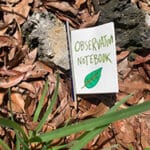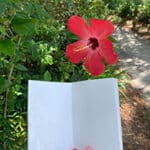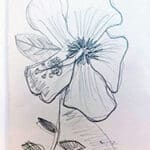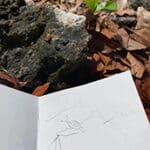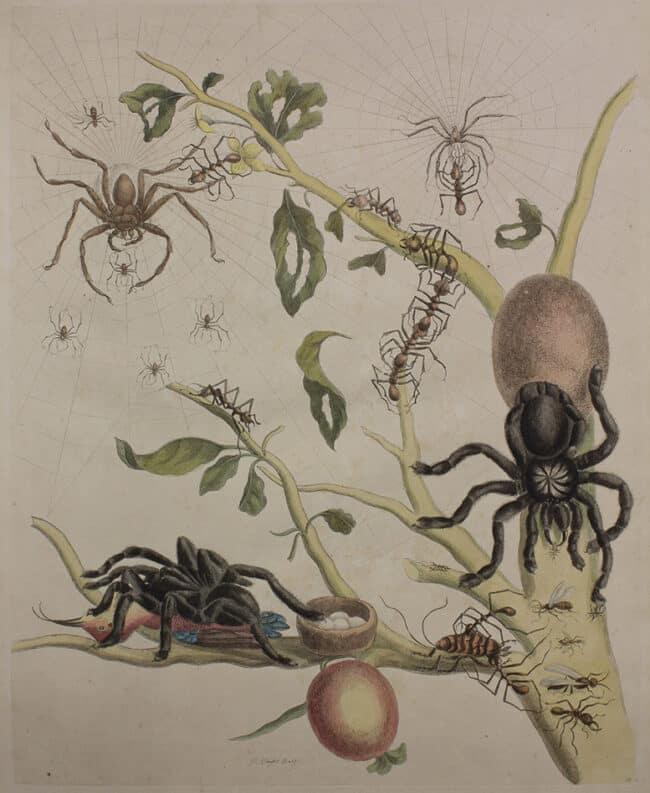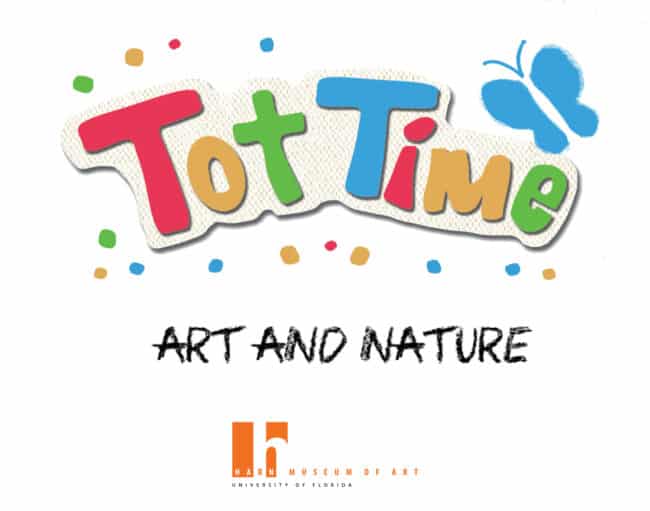Observing Nature
Scientific illustration is an amazing way to explore the intersection of art and science. Before photography was a common practice, these kinds of drawings were the only way naturalists could capture images of nature. Even today, scientific illustration remains a common practice important for both scientific research and artistic expression. The most vital skill at the core of scientific illustration is simply the ability to observe the natural world and the small details of a subject. You too can venture out into nature to observe and capture the wonders you find there.
Naturalist Profiles
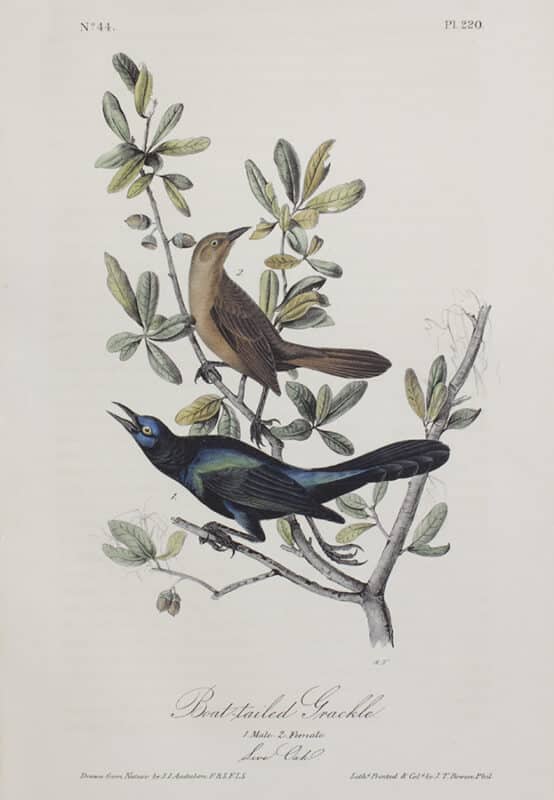 John James Audubon
John James Audubon
Audubon was a famous naturalist who spent years observing and sketching all types of American birds. His famous book “Birds of America” remains one of the most extensive catalogs of American wildlife.
image: John James Audubon, Boat Tailed Grackle, ink on paper, museum purchase, funds provided by Michael Cadoux
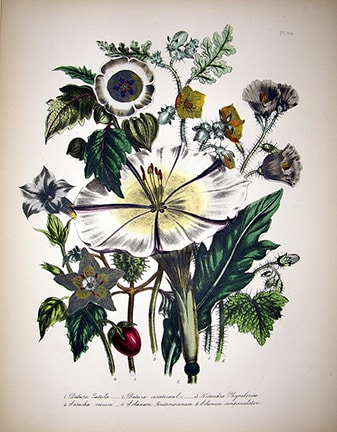
Jane Webb Loudon
While known in her time as a fiction writer, Loudon is now seen as one of the early pioneers of science fiction. She wrote and illustrated extensive guides about gardening and flowers, aimed at opening up the hobby to young women of the time.
image: Jane Webb Loudon, 46 Datura Tatula, ink on paper, museum purchase, funds provided by Wick Moorman
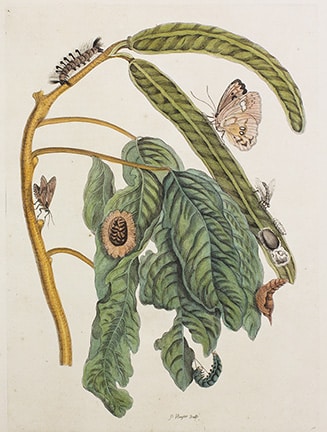
Maria Sibylla Merian
Trained in the visual arts by her stepfather, Merian used her skills to become an incredibly adept illustrator. Her favorite subjects were bugs: she raised silkworms from the age of 13 onwards, and she traveled the world to observe all varieties of insects.
image: Maria Sibylla Merian, Plate 58, ink on paper, museum purchase, funds provided by Lawrence Reed Miller
What You’ll Need
-
- Simple bookmaking materials you have around your home (see first step below)
- Pencil
- Markers, colored pencils, crayons, paints, etc.
The Activity: Take Inspiration from the Naturalists
Inspired by Jane Webb Loudon: illustrate a flower. In your drawing, here are some things you might look for:
-
- What is the shape of the leaves and petals on the flowers?
- Based on how they grow, should you draw only one flower or a whole bunch of them?
- How does the environment affect the flowers? Are they bending in the wind? Are there drops of water on them?
Inspired by John James Audubon: illustrate a bird. In your drawing, here are some things you might look for:
-
- What kind of pose is the bird holding? How does it look while flying? While standing?
- What color are the feathers? Do you notice more than one color? More than one shade of the same color?
Inspired by Maria Sibylla Merian: illustrate an insect. In your drawing, here are some things you might look for:
-
- How big or small is the insect?
- Are there any kind of patterns on the insect?
- If it has wings, what do those wings look like?
What You’ll Do
-
- To start off, use one of the three bookmaking activities from our Adventures With Bookmaking activity to make your own notebook.
- Take a trip outside and find some wildlife! Find a place where you can take the time to sit still for a while. If you’re uncomfortable with/unable to venture outdoors to find things to draw, try looking up some pictures and videos online to base your drawings on! Here are a couple of resources:
– Florida Fish and Wildlife Conservation Commission species profiles
– Florida Museum of Natural History museum collections - Use a pencil to make a rough sketch of what you find. While you’re sketching, try to keep the following ideas in mind:
– Be as detailed as possible! Try to include at least one detail that you didn’t notice the first time you saw your subject.
– Add in background elements from the environment your subject is in. Are they on a plant? In the water? On a building?
– Scientific illustration is all about telling information, so include titles and labels in your drawing. And feel free to write down other details you notice about your subject! - Use markers, crayons, paints, or colored pencils to add color to your sketches.
- Continue to fill your book with illustrations! What will you discover?
Tips and Tricks
-
- Don’t worry about the quality of your drawing! This activity is all about developing your observation skills and learning what kind of details you can add to a drawing.
- Do some research about the plants and animals you discover. What will you learn about the world around you?
- Want some extra challenges? Try these techniques:
– Team up with someone and have them describe a plant or animal. You must base your drawing only on the descriptions they give (no looking)!
– Practice a technique blind contouring: draw your subject without looking down at your paper!

